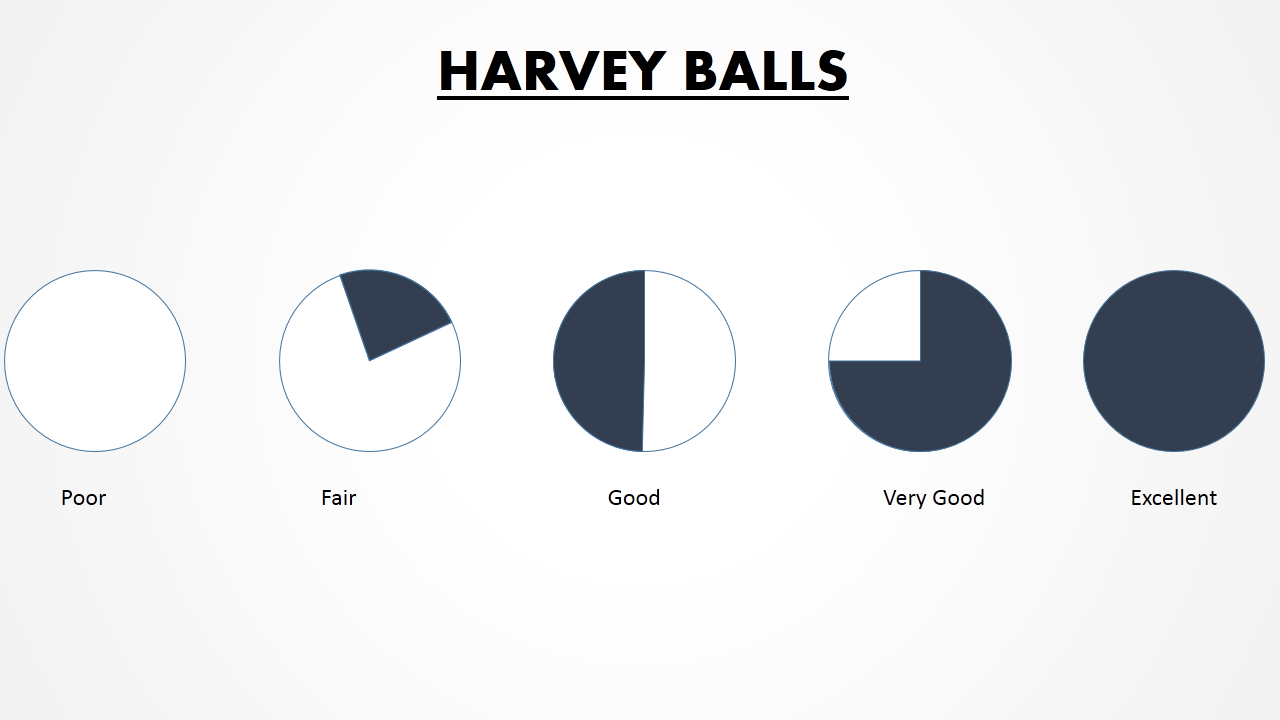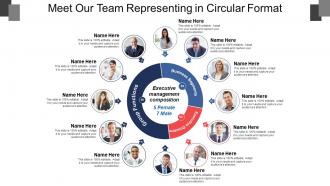Managing and leading both perspectives are similar, but a negligible gap makes small wonders to the people. Leadership always plays a keen part in making strategies, whether in life or in the field. Team building and making planners bring different individuals under the same roof with their key competencies makes a leader build a strong and great team which does wonders for the company and the team.
Let us discuss it in detail.
What are Leadership Strategies?
Leadership strategies are a base for leaders to give their team members direction to achieve success. The strategies that the leader uses to achieve the long-term goal are from the team members who work diligently and with their great learning and mental ability skills. Also, leaders sometimes share the difficulties they might face and how they can tackle them by making the team aware of what they are capable of while setting the bar high.
Guiding them about their capability includes various tactics.
You must be wondering at this point what tactics leaders should employ. If so, read out this blog.
What can a Leader do to Stimulate the Abilities of their Team Members?
Transparency in Communication:
The leader should be open to team members about the ideas and strategies of the team so that they can work as one and not get diverse from each other. Team members should be open to their leader about what kind of problems they will face while doing any work or project.
Establish Joint Objectives:
Team members do the work that is under the radar of the person who is leading, and the aim of every member of the team is to do the particular task that is assigned to them. A leader should always help the team a member throughout the process.
Honor the Accomplishments:
The leader should always encourage the team by awarding or celebrating the achievement of their success by organizing a party or having lunch together.
Building Team Spirit:
In case of failure, the leader should encourage the team and hold the spirits of the team high so that they would not get discouraged by the failures but instead learn from them.
Provide Resourceful and Dynamic Information:
Conducting seminars and providing training to the members from time to time helps them to nurture their skills, enhance their knowledge, and make them participate in different seminars globally, which will improve their mental abilities.
Open to New Ideas:
The mentor should strengthen the aura of the team and always accept new innovative ideas and suggestions that help the team to grow in a great state.
Create Enduring One-on-One Connection:
The best way for a team leader to develop relationships is through one-on-one sessions. Additionally, the head should provide each team member the chance to build their personal growth or bring up problems that prevent them from working at their highest potential.
Fostering Mutual Respect:
The boss should create understanding and respect between the team members by helping them and giving them respect and rectifying as well as accepting the mistakes where they feel that they have done wrong.
Encourage Team Members to Resolve the Issue:
Brainstorming activity helps them to create their own ideas rather than forcing them. Giving your team room to think creatively, build confidence, and cultivate a feeling of ownership. As all this will enable them to identify the best solution and put forward their ideas. This space can be actual, metaphorical, or even virtual with Teamwork Spaces.
Focus on the Broader Vision:
A leader should make sure that the team completes the daily chores without losing sight of the larger objectives that they are pursuing and the ways in which the team taking initiates to complete those objectives.
Conclusion
A great leader is someone who understands the significance of changes and considers how best to move the organization forward. And it is important for leaders to keep an eye on these tactics. Consequently, leaders can learn about their advantages and disadvantages, weigh the pros and cons of different options. Accordingly react to changes, and preserve a happy work atmosphere.
And if you would like your company to grow without any obstacles. Visit our website SlideTeam and use our Effective Corporate Leadership templates to get hustle-free employment accomplished.
Get Free LS-PPT & LS-PDF.
FAQs on Top 10 leadership strategies.
Q: What role does communication play in leadership strategies?
-
- Communication is a crucial element of effective leadership strategies. Leaders must communicate their vision, expectations, and goals to their team.
- Moreover, Regular, open, and transparent communication helps build trust, fosters collaboration, and ensures everyone aligns with the strategy.
Q: How can I adapt my leadership strategy to different situations?
-
- Adapting your leadership strategy to different situations is known as situational leadership. Also, it involves assessing the needs and capabilities of your team members and adjusting your leadership style accordingly.
- For example, you might be more directive in a crisis and more empowering during stability.
Q: What are the benefits of a collaborative leadership strategy?
-
- Collaborative leadership strategies promote teamwork, creativity, and a sense of ownership among team members.
- Further, they lead to improved problem-solving, better decision-making, and higher employee engagement, ultimately contributing to the organization's success.
Q: How do I measure the effectiveness of my leadership strategy?
-
- You can measure the effectiveness of your leadership strategy by tracking key performance indicators (KPIs) related to your goals.
- Additionally, seek feedback from your team and stakeholders to gauge their satisfaction and identify areas for improvement.






 Customer Reviews
Customer Reviews



















